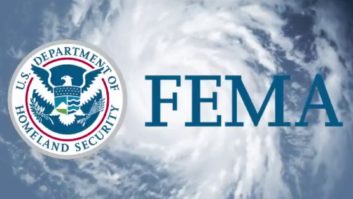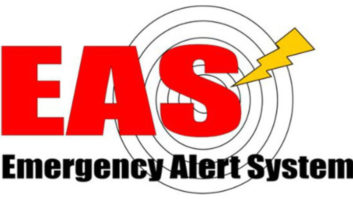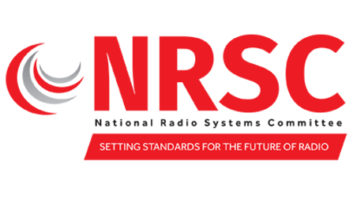And so the big national EAS test date has been set.
The announcement by the Federal Emergency Management Agency and the FCC that the national EAS test will be conducted Nov. 9 raises more questions. Broadcasters now await details of practical implications of testing the president’s ability to address the nation during a time of crisis for the first time.

iStockphoto/tomch
During the FCC meeting Thursday, commission Public Safety and Homeland Security Bureau Chief Jamie Barnett said the agencies chose that November date because hurricane season would be winding down, but winter not yet begun, with its associated “holiday rush.” He said they chose the time — 2 p.m. Eastern time — to avoid disrupting rush hour anywhere.
Barnett wrote on the bureau’s blog: “For the test, FEMA will trigger the EAS ‘cascade’ architecture by transmitting the EAS code used for national level emergencies to the first level of broadcast stations in the national-level of the EAS, which in turn will rebroadcast the alert to the general public, as well as to the next level of EAS participants monitoring them. This should continue through all levels of the system until the alert has been distributed throughout the entire county.”
Questions from broadcasters and others on the SBE EAS listserv today include how often a national EAS test might be conducted after the initial test and exactly what it may entail.
Barnett states on his blog the federal government “will likely conduct the test periodically to ensure that the EAS is, and remains, functional.”
Barnett said during the meeting the bureau would provide more details about the test in a subsequent notice. He added that even though EAS transmits thousands of alerts each year, only a top-down national test, simultaneously with all participants, is a true test of the system’s functionality.
Damon Penn, assistant administrator, National Continuity Programs for FEMA, said two preliminary tests in Alaska have shown that “the systems have functioned as advertised.” After a nationwide test, he said, any deficiencies turned up would be fixed. “But without a national test we’re just hoping the system will work.”
Commissioners Michael Copps and Robert McDowell both commended the test. “In my five years at the FCC, I’ve heard from public safety officials the need for exactly what you’re doing,” said McDowell.
Chairman Julius Genachowski deemed the collaboration between the FCC, FEMA and NOAA on emergency alerting “historic.”
But, he added, times are changing, and so, too, must the system by which the government informs citizens of emergencies.
“The EAS system we grew up with remains important.” But it cannot remain the only way to alert the public, he said, mentioning plans for mobile alerting using broadband.
— Leslie Stimson











